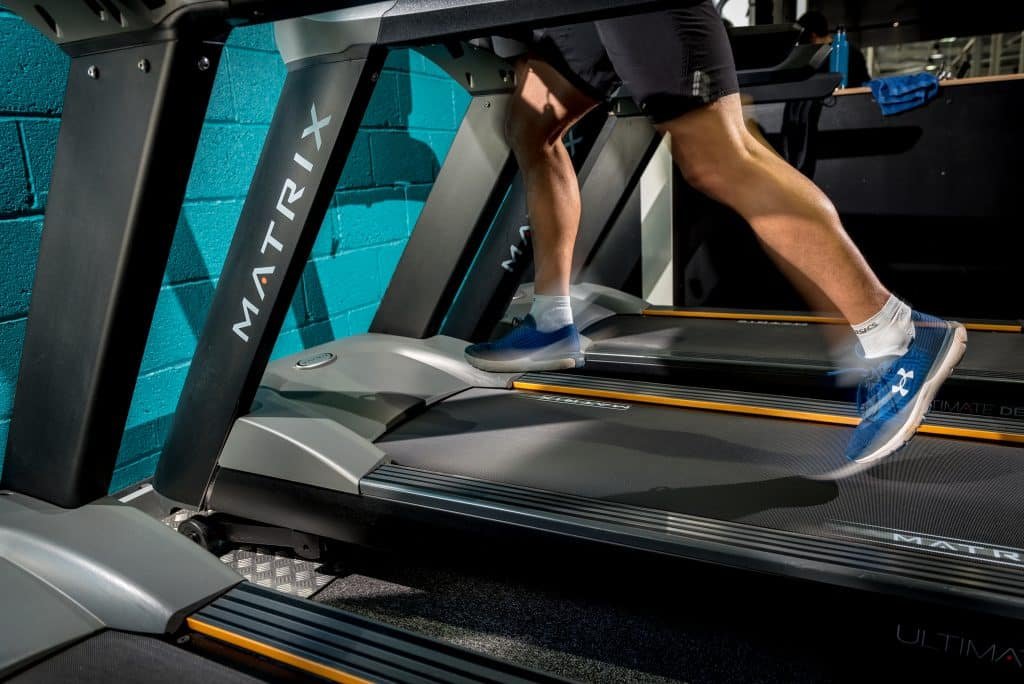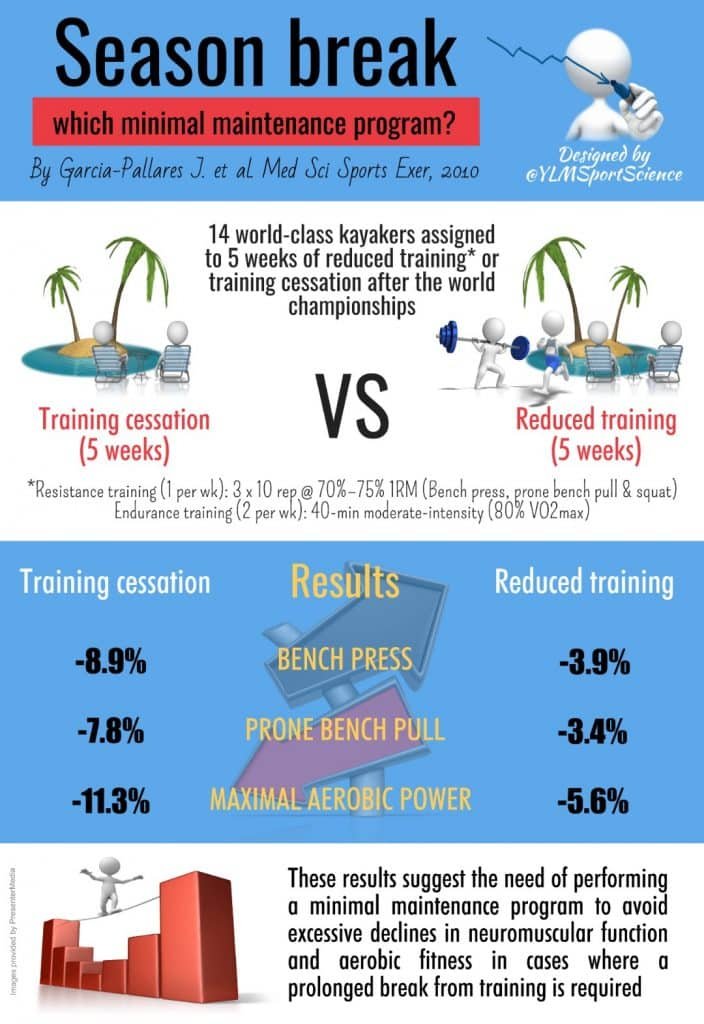How Quickly Can You Lose Fitness

How much will taking time off from running hurt my fitness? It’s one of the most common questions I get from athletes struggling with injury, fighting illness, or hesitant to take a much-needed rest from training. This becomes especially prescient now with training ability reduced by the Coronavirus. As athletes, many of us are paranoid about taking more than a few days off, generally thinking it will ruin our months of meticulous training.
As a coach, I am not immune to being frightened by this irrational fear. I’ve had niggles, injuries and illness that I have tried to train on through in one-way shape or form, generally not ending particularly well!
However, I wanted to share this with you to demonstrate that this is written with the deepest understanding of how hard it can be to listen to science and understand that a few days off isn’t going to end your hopes of running as fast as you’ve dreamed.

When we delve into the effects of taking time off from training, we have to analyse the detraining from two perspectives: 1) your energy systems such as aerobic fitness, threshold and VO2 max; and 2) your structural systems such as your muscles and neuromuscular coordination (how fast and efficiently your brain can tell your body to perform and execute a specific movement).
Effect of detraining on the aerobic system
Because VO2 max is one of the best measurements of an endurance athlete’s physical fitness, it’s the easiest baseline to compare the effects of detraining on your aerobic system. To be brief, VO2 max is an individual’s maximum ability to transport and use oxygen during exercise.
Recent studies show that there is little reduction in VO2max for the first 10 days following inactivity in well-trained athletes. It is important here to mention that all of these guidelines assume you are a well-trained runner, having trained consistently for a 4-6 month period. New athletes will lose fitness at a slightly faster rate since they have a lower base of fitness.
After two weeks of not running, studies show that VO2 max decreases by 6%. After 9 weeks VO2 max drops by 19%. After 11 weeks of no running, Studies demonstrate that VO2 max falls by 25.7% from peak physical fitness. So, as you can see, from an aerobic standpoint, you have very little to worry about if you have to take a break from running for two weeks or less.
This is very important for those runners that need to take a hiatus because of a small injury or are nervous about taking downtime after a long training segment. A 6% decline in VO2 max can be made up with one or two weeks of solid training. In the current situation with Coronavirus, this shouldn’t cause too much of a worry – while we are still allowed outside in the UK.
While percentages are fantastic, what do those numbers really mean for runners? Let’s use an example of a 20 minute 5k runner. A 20 minute 5k runner has a VO2max of roughly 49.81 ml/kg/min (estimated using a calculator). After 2 weeks of no running, the 5k runner would lose 6% of his VO2 max, which would be 46.83 and would now be in 21:05 shape, give or take a few seconds. After 9 weeks of no running, the same 20-minute 5k runner would now be in 24:00 minute 5k shape. After 11 weeks of no running, our poor running friend would be in 25:30 shape.
While this is not exactly ideal, this is the absolute worst-case scenario, with no training done in this time. Even if you can’t get out as often as you might like, or for as long as you may prefer, if you are training then you are preventing this kind of drop off.

Effect of detraining on the structural system
While the reduction in aerobic fitness has been explored in an applicable manner, the effect of detraining on specific running muscles has been harder to find.
However, the little research that does exist about detraining, in general, proposes that the most dramatic reduction in fitness occurs over a 10 to 35-day window. Before and after this window, detraining from a structural perspective isn’t severe.
Also, there is some research on how quickly you benefit from strength training. In short, most of the research shows muscle power declines significantly slower than metabolic factors.

What does this mean? After 7-10 days of not running, you will lose some muscle power and coordination, but not enough to totally derail your goals.
With a few specific workouts such as hill sprints, you’ll be back to your pre-detraining levels before you know it. If your break from training is longer than two weeks than you’ll have a little bit to make up before you can get back to personal best shape.
What does it all mean?
Research shows you shouldn’t be too worried about losing significant fitness if your break from running is less than two weeks.
You’ll lose some conditioning in your aerobic system and muscles, but pre-inactivity fitness will return quickly. Again, this assumes that you have built a healthy and consistent base of training of 4-6 months prior to taking time off. It’s not the end of your career if you haven’t been training for this long; it simply means that the reduction in fitness will be slightly more pronounced.
After two weeks of not training, significant reductions in fitness begin to occur and you’ll have about 2-8 weeks of training (depending on the length of inactivity) ahead of you to get back to your previous level of fitness.
On the flip side, doing SOME training, whether running, turbo riding, skipping or strength training will slow any losses considerably. If you are injured, there is always something you can do training-wise. In the current situation with Coronavirus, while it may not be ideal that you can’t be out training all the time every day – there is a lot that you can do, and you can come out of this lockdown in a strong position.
Send us a message or leave a comment and let us know if you have any questions! We all have our own thoughts on the matter, and we all have something different that suits us.
See what’s up next week for our #RunFormFriday tip! For more in depth understanding on how to put this into practise, get in touch and we’ll see how we can help!
